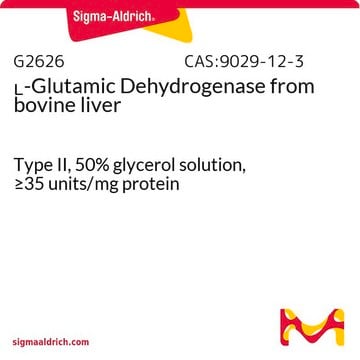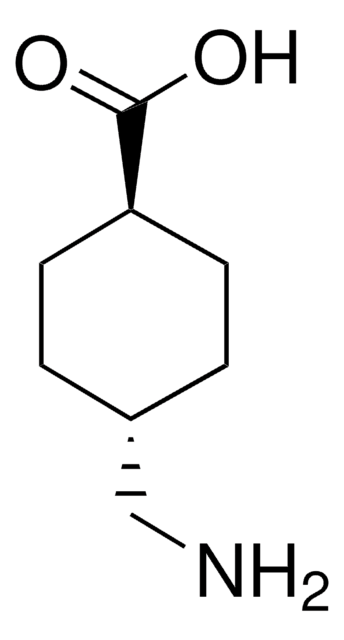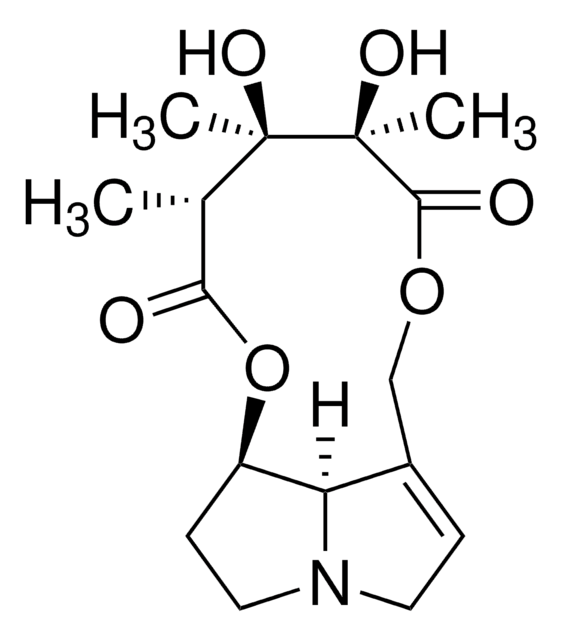P0869
Monoclonal Anti-Peroxisome Proliferator Activated Receptor α antibody produced in mouse
~1 mg/mL, clone 3B6/PPAR, purified immunoglobulin, buffered aqueous solution
Sinónimos:
Anti-PPARα
Seleccione un Tamaño
MXP 11,355.00
Seleccione un Tamaño
About This Item
MXP 11,355.00
Productos recomendados
origen biológico
mouse
Nivel de calidad
conjugado
unconjugated
forma del anticuerpo
purified immunoglobulin
tipo de anticuerpo
primary antibodies
clon
3B6/PPAR, monoclonal
Formulario
buffered aqueous solution
reactividad de especies
mouse, rat, human
concentración
~1 mg/mL
técnicas
western blot: 2-5 μg/mL using human, mouse and rat
isotipo
IgG2b
Nº de acceso UniProt
Condiciones de envío
wet ice
temp. de almacenamiento
−20°C
modificación del objetivo postraduccional
unmodified
Información sobre el gen
human ... PPARA(5465)
mouse ... Ppara(19013)
rat ... Ppara(25747)
Descripción general
Inmunógeno
Acciones bioquímicas o fisiológicas
Forma física
Cláusula de descargo de responsabilidad
¿No encuentra el producto adecuado?
Pruebe nuestro Herramienta de selección de productos.
Código de clase de almacenamiento
10 - Combustible liquids
Clase de riesgo para el agua (WGK)
WGK 3
Punto de inflamabilidad (°F)
Not applicable
Punto de inflamabilidad (°C)
Not applicable
Elija entre una de las versiones más recientes:
¿Ya tiene este producto?
Encuentre la documentación para los productos que ha comprado recientemente en la Biblioteca de documentos.
Active Filters
Nuestro equipo de científicos tiene experiencia en todas las áreas de investigación: Ciencias de la vida, Ciencia de los materiales, Síntesis química, Cromatografía, Analítica y muchas otras.
Póngase en contacto con el Servicio técnico








